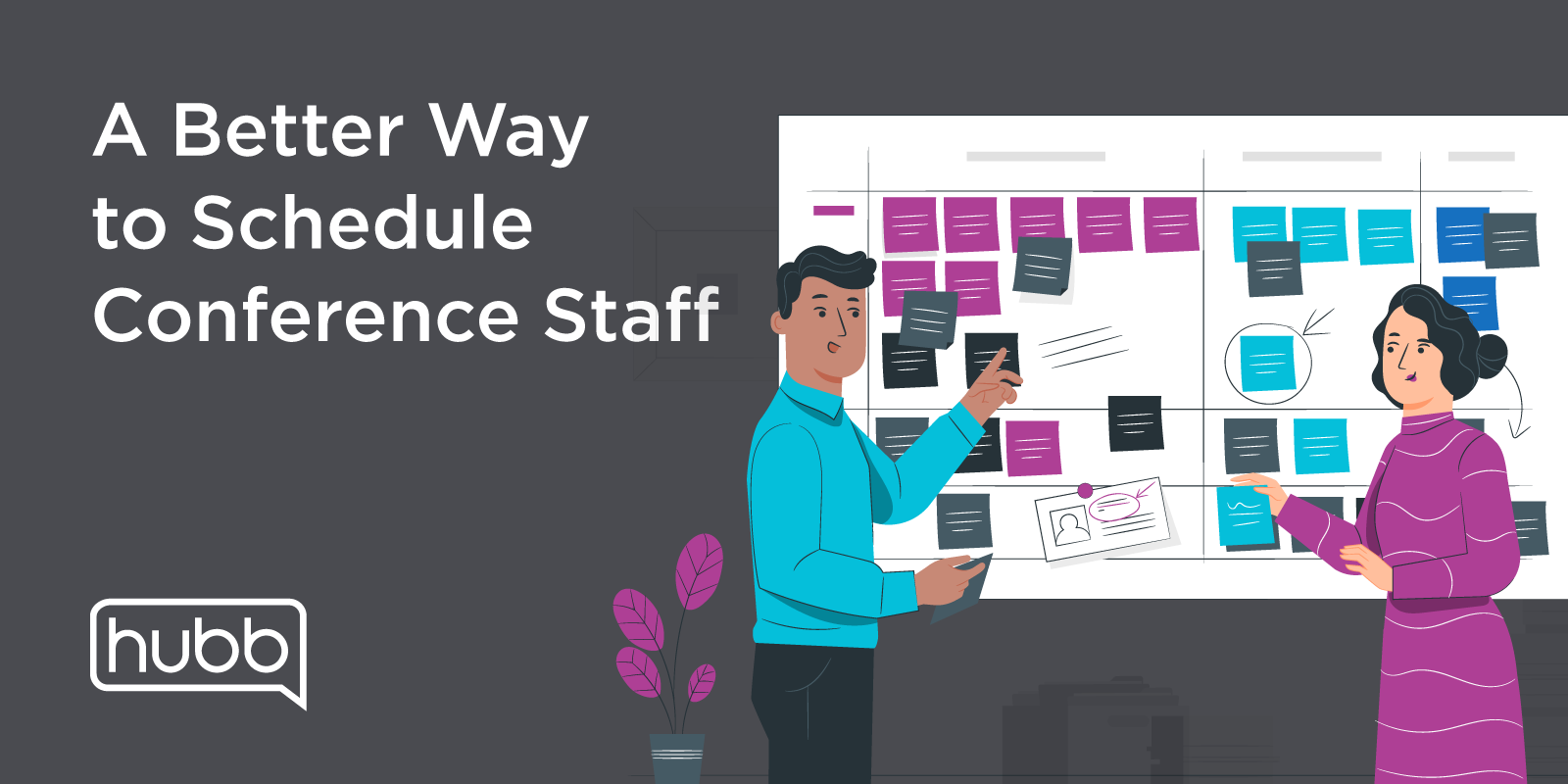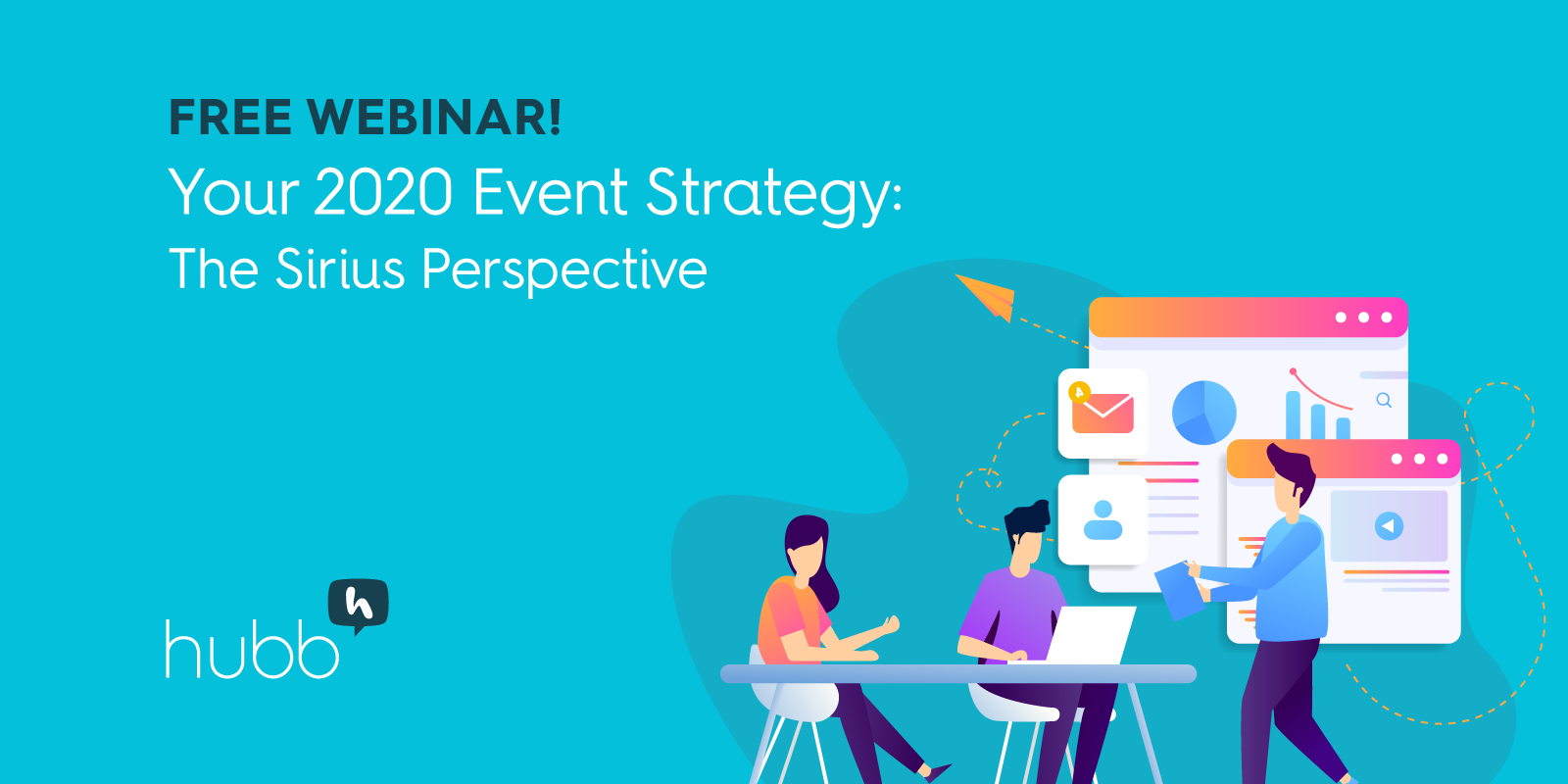
If you're not assessing, you're guessing. But what to assess? There are a lot of metrics out there, many of them worth tracking. But the most important metrics, the ones most closely tied to the success of failure of our events, we call Key Performance Indicators (KPIs). What your heartrate and blood pressure is for your body, these are for your event.
Be aware that KPIs are a lagging indicator of whether you're meeting your strategic initiatives. If your blood pressure is elevated, it's indicative that there's an underlying issue to be fixed. The problem is not the elevated blood pressure, but what's causing the blood pressure. The same with KPIs; they give you the data you need to paint a picture of the health of your event. More on this a bit later.
There are two tracks of KPI that I stay on top of when I'm managing events; KPIs that tell me, as an event manager, if my event is successful and then metrics I bring to my boss to show that I'm successful and that the event is moving the company forward in a strategic way. I'll share the KPIs I keep a close eye on in each track.
Conference Planning KPIs I Use to Ensure My Event Is Successful as an Event Manager
On-Time Delivery of Milestones
My job as an event manager is to deliver an event that "wows" our attendees and moves our business forward. None of that will happen if the event doesn't go off as planned, so making sure we're on track with our planning is paramount. Early in the planning process we create a plan for the event, with milestones and deliverable dates. This is my road map for the event, and the percentage of milestones delivered on-time by myself and my extended team—internal and external—is an important metric for me. To monitor our progress on this KPI, I use Microsoft Planner. Within Planner, there is a helpful dashboard with charts that show the number of tasks overdue, number of tasks outstanding, and number of new tasks created.
Budget Confidence Ratings
In addition to making sure the event happens on-time and as planned, making sure the event comes in on-budget is vital. The metric I'm looking at as planning progresses and I'm getting budget reports from vendors is confidence rating. This is a metric more meeting managers would do well to adopt.
We have a rubric with four levels (25%, 50%, 75%, and 100%) of parameters to meet that, if met, tells me how reliable a budget estimate is. Too often, vendors submit hard budget numbers despite details being up in the air and uncertainty about the final deliverable. If I'm not aware of the uncertainty in our budget, I can't plan for potential overruns. Having a confidence rating allows me to plan for that uncertainty, and gives me room to make the adjustments necessary to keep us on budget.
Year over Year Trends
Finally, year over year trends are very important for me as an event manager. Where are registration numbers compared to the same point last year? How many submissions on our call for content do we have compared to last year? How do our budget numbers compare? Or, more granularly, what percentage of speaker presentations have been turned in on-time compared to last year? What percentage of content is confirmed at this date versus last year? By comparing year-over-year numbers, I can see trends that allow me to respond to issues before they become major issues.

Want to know even more about managing data-driven events?
Download our free whitepaper on best practices for optimizing your event with data and evaluations!

KPIs I Use to Show My Boss My Event Is Successful
Cost Savings
Want an angry boss? Go over budget. Coming in at (or under!) budget is a huge priority for my boss and, therefore for me. Delivering cost-savings, and then being able to show that metric to my superiors is important, especially when that cost-savings resulted from strategic thinking from me or my team. Tracking where we are in relationship to our budget (both this year and last year) is a KPI you need to stay on top of.
Volume of Business On-Site and Pipeline Movement
Your event is not just an excuse for fun technology and fluffy small talk. You're looking to make an impact and move your business closer to achieving its strategic goals. To that point, a key metric for me is how much potential business is on-site at the event. Track the accounts that are attending, the size of the contracts pending, and the movement of this potential business through your sales pipeline. If there is a billion dollars of potential business on-site, and because of your event you plan to close $200 million of that business over the next quarter, make sure your boss knows that if you want to demonstrate your value to the organization.
Changes in Perception & Overall Satisfaction
I want to demonstrate the impact of my event and one of the best ways to do that is by showing changes in perception caused by the event. To do this, I conduct a survey before and after the event so I can show the changes in awareness and attitude towards my company. I’m especially interested in measuring the change in perception and satisfaction of new attendees or potential customers.
I also closely track net satisfaction scores from my attendees through a several avenues, including evaluations, surveys, and social media. I want to know if the event gave them the tools sets they need to move their business forward, if they'd recommend the event to a friend or colleague, and if the event met their expectations. If my event is helping our attendees move their business forward, that's an important metric for my boss to know.
--
All these metrics provide you with the details needed to tell the story of the impact of your event. They are your paints; it's up to you to use them to create the beautiful picture of how you're strategically leading the organization. Promote yourself! As an event manager you're accustomed to working in the background making things happen, but that won't work if you want to advance significantly in your career. So, use these KPIs to tell the story of all the strategic things you did to drive the value for your organization.
For more information, check out How to Plan a Conference: A Step-by-Step Guide.
Don't stop now! Download our free whitepaper on best practices for optimizing your event with data and evaluations!








